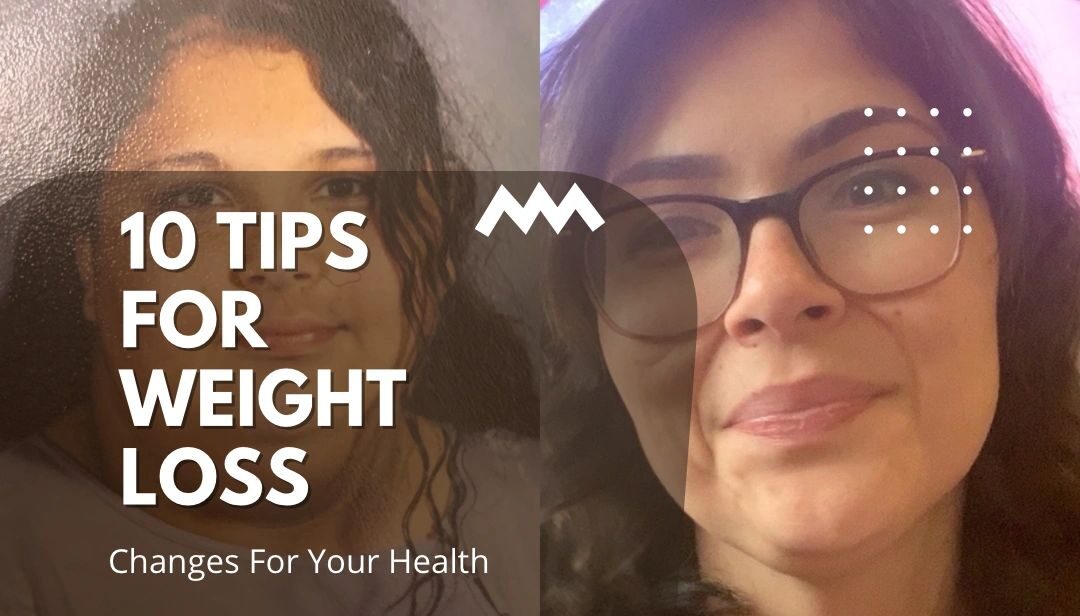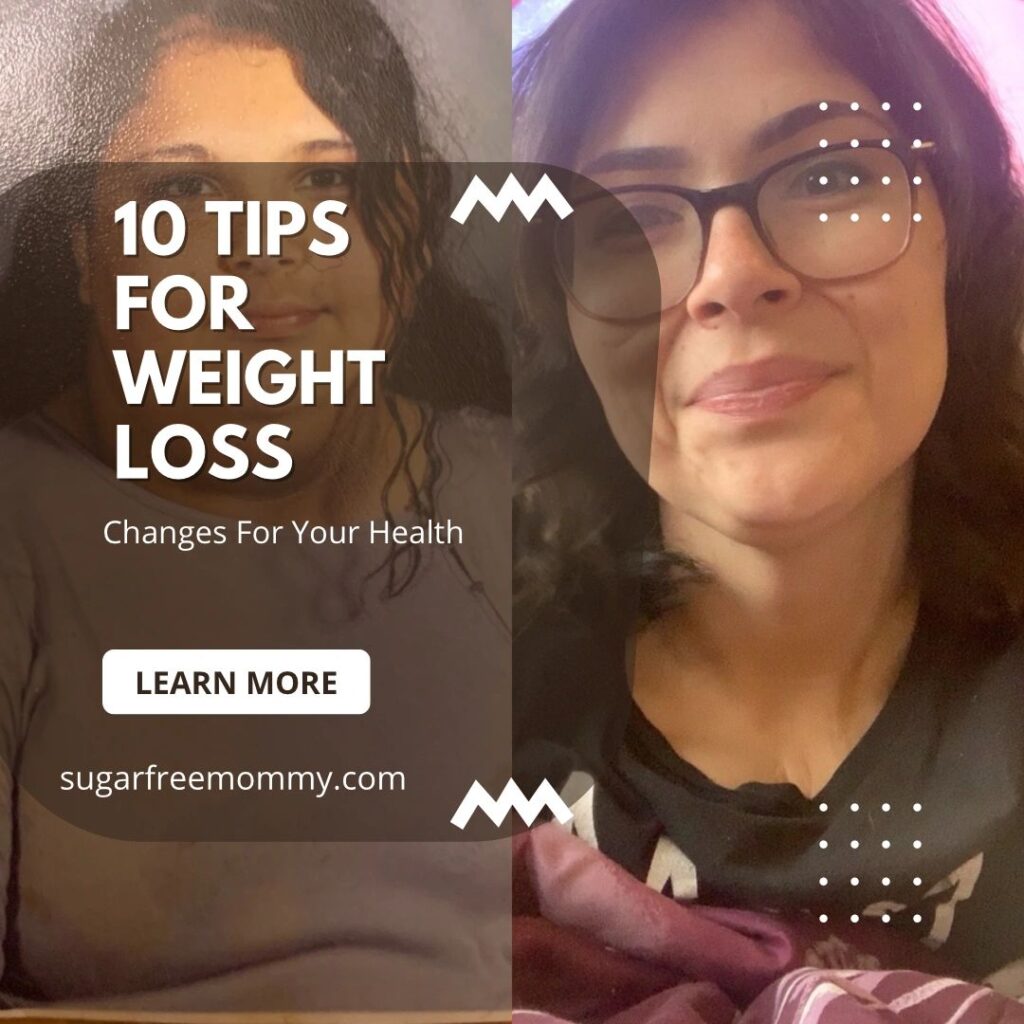

I’ve done every diet you can think of—low carb, no carb, juice cleanses, fasting, you name it. All that yo-yo dieting eventually led me down a dark road: I developed a full-blown eating disorder.
For a long time, that number on the scale ruled my life. If it wasn’t low enough, I wouldn’t eat for the day. That mindset landed me in the hospital. My body was so malnourished that my heart rate dropped into the 30s while I slept. I was terrified I’d need a pacemaker.
It was a wake-up call.
Eventually, I realized what I truly needed wasn’t another diet. I needed a lifestyle change—something sustainable, balanced, and rooted in self-love instead of punishment.
There is no quick fix. Healing your body (and your mindset around food) takes work. But it’s worth it.
Here are some small but powerful changes that helped me:
10 Habits That Helped Me Shift from Dieting to Nourishing
weight loss is all about calories in < calories out
1. Fill half your plate with veggies.
It’s a simple way to increase fiber and nutrients. I aim to make half my plate vegetables at most meals—it’s a game changer for fullness and energy.
2. Ditch the processed snacks.
Swap chips and cookies for nuts, seeds, or fresh fruit. (Just remember: nuts are calorie-dense, so if you’re in a calorie deficit, weighing your portion can be helpful.)
3. Choose lean proteins.
Chicken, fish, beans, and tofu keep you full and support muscle. Protein is key if you’re trying to stay satisfied and avoid mindless snacking.
4. Go for whole grains.
Brown rice, quinoa, oats, and whole wheat bread give you long-lasting energy. I’ll admit—this one is still hard for me. Bread and pasta are personal triggers, so I eat them sparingly.
5. Cut back on added sugar.
I try not to drink my calories. Water is my go-to, but I’ll add flavor with Crystal Light or fresh fruit. Unsweetened tea is also a favorite.
6. Use healthy fats.
We swapped out canola oil for avocado oil in our house. I also use olive oil and coconut oil instead of butter or margarine when cooking.
7. Avoid trans and saturated fats.
Think: fried food, packaged baked goods, and heavily processed snacks. Your body will thank you.
8. Read your food labels.
Yes, I’m that person in the grocery aisle. 😂 My husband makes fun of me, but some ingredients (like maltitol) seriously mess with my stomach—so I always check.
9. Plan ahead.
Meal planning helps me stay on track and reduces decision fatigue (especially during the morning chaos). It’s tough now that the baby only takes one nap, but even prepping one meal or snack can make a difference.
10. Talk to a professional.
Not every way of eating works for every person. A registered dietitian or healthcare provider can help create a plan that fits your lifestyle, preferences, and health needs. They can also monitor your progress in a safe, supportive way.
Changing how I think about food has been a long journey—but I’m finally in a place where I can say I’m nourishing my body, not punishing it.
If you’re struggling with food or body image, you’re not alone. Be kind to yourself. And remember: real health is about balance, not restriction. 💛


